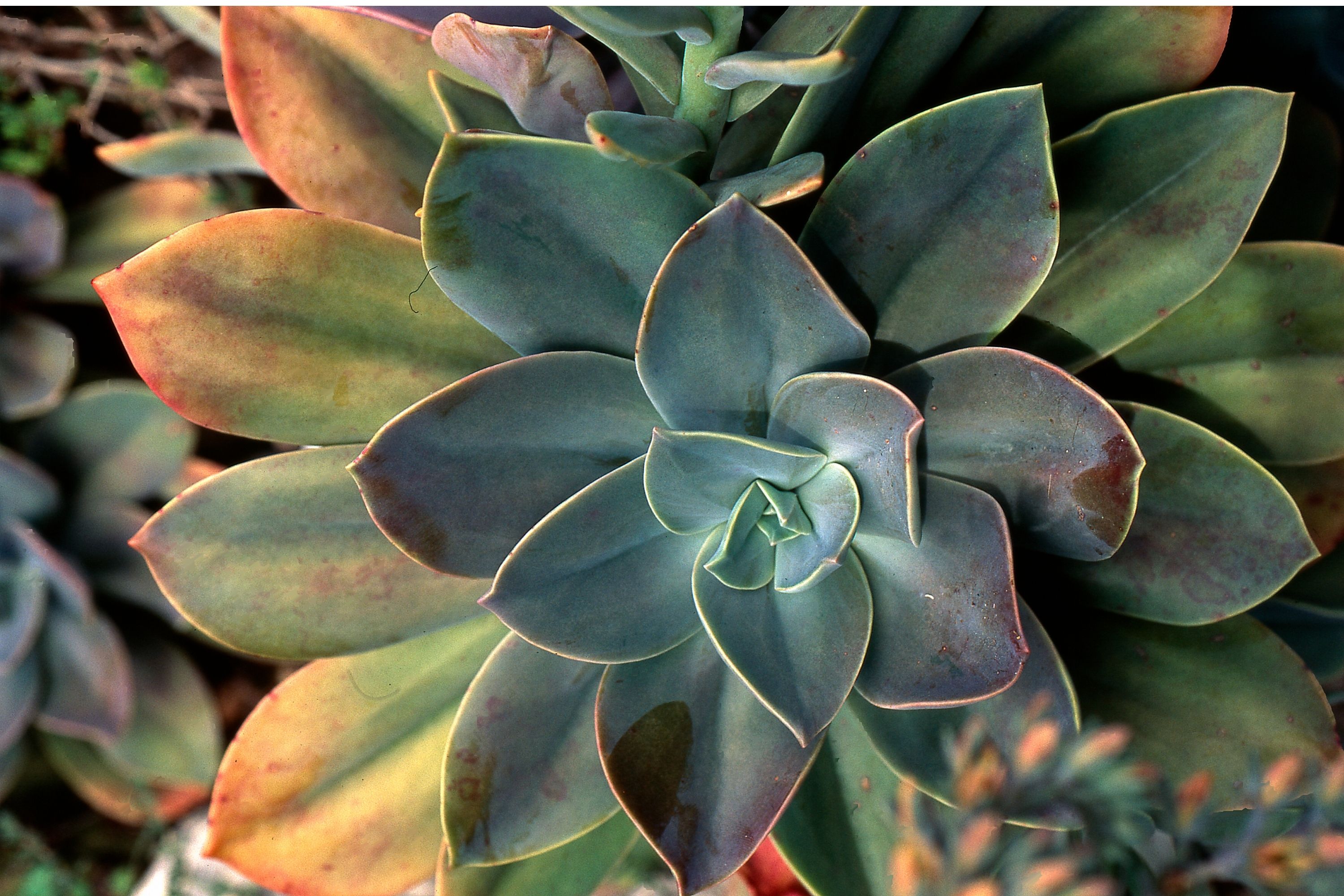Echeveria carnicolor
(Echeveria carnicolor)

Description
Echeveria carnicolor is a beautiful and popular species of succulent plant that belongs to the family Crassulaceae. It is native to the mountainous regions of central and northern Mexico, where it grows in dry and rocky areas. The plant is widely cultivated as an ornamental for its stunning rosettes of fleshy leaves and showy pink flowers. In this article, we will provide a detailed overview of Echeveria carnicolor, covering its taxonomy, morphology, cultivation, propagation, and uses. Taxonomy Echeveria carnicolor was first described by L.B. Smith in 1948. The genus Echeveria was named after the Mexican botanical artist Atanasio Echeverría y Godoy, who illustrated many of the plants collected by the Spanish expedition to Mexico in the 18th century. The specific epithet "carnicolor" refers to the pinkish color of the plant's flowers. Echeveria carnicolor is a member of the subgenus Echeveria, which includes many other popular species such as Echeveria elegans and Echeveria agavoides. Morphology Echeveria carnicolor is a small, rosette-forming succulent that can grow up to 20 cm in diameter. The leaves are fleshy, oblong-lanceolate, and up to 10 cm long and 3 cm wide. They are glaucous, which means they have a whitish or bluish waxy coating that helps to protect the plant from sunburn and water loss. The leaf margins are slightly toothed and often have a reddish or pinkish tinge. The inflorescence is a tall, slender, unbranched stem that emerges from the center of the rosette. The flowers are tubular, about 2.5 cm long, and have five petals that are pink or reddish in color. They bloom in the summer and attract pollinators such as bees and butterflies. Cultivation Echeveria carnicolor is an easy-to-grow plant that is well-suited for container cultivation. It prefers bright, indirect light and well-draining soil that is rich in organic matter. In its natural habitat, it grows in rocky or sandy soils that are low in nutrients, so it does not require frequent fertilization. Watering should be done sparingly, allowing the soil to dry out between waterings to prevent root rot. Echeveria carnicolor is tolerant of heat and drought but may suffer in extreme cold or wet conditions. It can be grown indoors as a houseplant or outdoors in a garden bed, rock garden, or container garden. Propagation Echeveria carnicolor can be propagated from stem cuttings, leaf cuttings, or offsets. Stem cuttings should be taken from healthy, mature plants and allowed to dry for a few days before planting in well-draining soil. Leaf cuttings can be taken by gently pulling off a leaf and allowing it to callus over before planting. Offsets, or "pups," can be removed from the base of the parent plant and replanted in their own containers. Propagation is best done in the spring or summer when the plant is actively growing. Uses Echeveria carnicolor is primarily grown as an ornamental plant for its attractive foliage and flowers. It is often used in succulent gardens, rock gardens, and container gardens. Its small size and low-maintenance requirements make it an ideal plant for beginners or those with limited space. Echeveria carnicolor is also used in traditional medicine in Mexico for its purported anti-inflammatory and analgesic properties.
Taxonomic tree:







